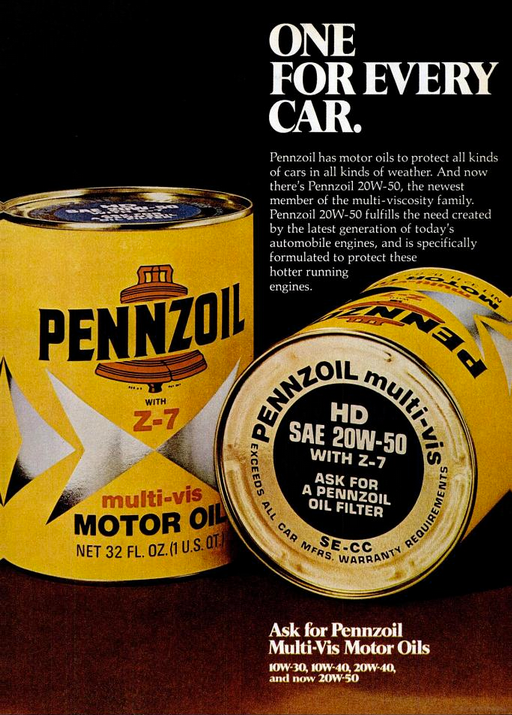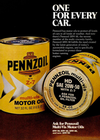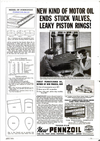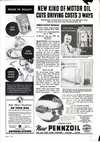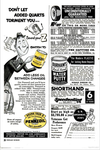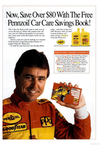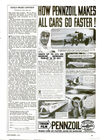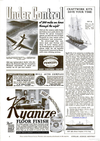Due to overwhelming demand, we are honored to bring you part two of our series “Pennzoil and the PopSci Archives.” It’s a fascinating historical look into our archives. Whether you’re a history buff, an advertising junkie, a Pennzoil gearhead or a PopSci fanatic; we have something for everyone.
Pennzoil: Popular Science October 1975
With the evolution of the car must come the evolution of what we put in our car. With the introduction and popularity of the American muscle car of the 1970s we see 20W-50. A heavier weight oil that is relatively viscous and thick and can help increase oil pressure. It’s the best oil for those of us who have vehicles in “high-stress activities”… like tearing up the local ¼-mile racetrack! Today, Pennzoil continues to pursue the latest in motor oil advancements. See what’s new today at Pennzoil.com: http://www.pennzoil.com/motor-oil/
Pennzoil: Popular Science July 1935
The picture of Abe Jenkins breaking “11 major world speed records” was just the tip of the iceberg for old Abe. He actually went on to set more than 70 world speed records (including “top speed” of 160 mph) all while using Pennzoil in his Pierce-Arrow and Auburn 851 Boattail Speedster. His Auburn 851 had a 150 horsepower 4.6 liter supercharged eight-cylinder engine, a marvel of engineering ingenuity in 1935. This is one of many record-setting years that Pennzoil played an integral part in.
Pennzoil: Popular Science May 1935
Saving money at the pump is no new concept; it has been a common theme since the conception of the first car. And with the ability to mitigate car trouble, conserve oil consumption as well as save money at the pump, we can see why Pennzoil has been the industry leader in car lubrication for almost 100 years.
Pennzoil: Popular Science April 1952
“Mere color, unspoiled by meaning, and unallied with definite form, can speak to the soul in a thousand different ways.” ―Oscar Wilde Nothing personifies Pennzoil better than that crisp, pearl yellow can. The way it jumps off the page from this 1952 ad is eye-catching and inspiring. I wonder if Don Draper had anything to do with this?
Pennzoil: Popular Science May 1990
Nothing says savings like ’90s feathered bangs and the Pennzoil Car Care Savings Book. With products ranging from American Racing wheels to The Club (one of the ’90s most enduring products), there’s no reason not to have kept those five coupons from the back of Pennzoil bottles and sent them in. Here’s a fun fact: $80 in 1990 is the equivalent of $135.56 in 2012! Who couldn’t use that kind of savings? And while the Pennzoil Car Care Savings Book is no longer around, you can always find the latest promotions at Pennzoil.com: http://www.pennzoil.com/promotions/
Pennzoil: Popular Science September 1934
Man has attempted to go faster since the first caveman figured out how to ride on the back of a Velociraptor. And, as we can see here, Pennzoil isn’t just helping people make that possible on the track; they have conquered the land, air and sea over the past century! Pennzoil has been an essential part of almost every speed record ever set. Now if I could just remember where I parked my T. Rex.
Pennzoil: Popular Science September 1936
By 1936 the American airline industry was starting to become more profitable and popular. Yet travel by plane wasn’t nearly as accessible to the public as it is today. This ad links the “common man” with the luxurious and adventurous concept of flying through the use of Pennzoil—a brilliant idea that helps people relate to this new concept and ultimately allows the U.S. airline industry to remain profitable, even during the Great Depression.
